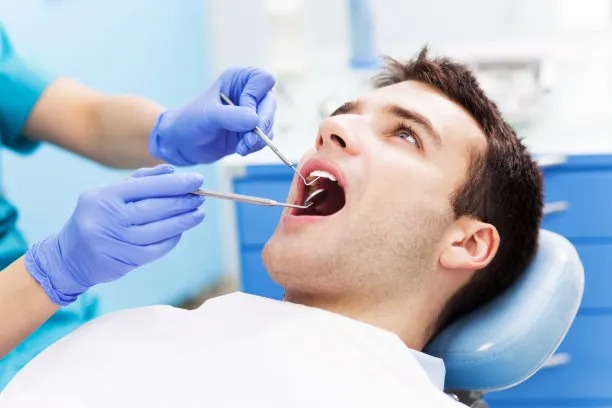The Essential Guide to Safely Extracting a Tooth at Home and Understanding When to Seek Professional Help
Summary: Extracting a tooth at home may seem like a practical and cost-effective solution, especially for individuals experiencing dental pain or discomfort. However, it is crucial to approach this procedure with caution and awareness of the potential risks involved. This guide provides essential knowledge on safely extracting a tooth at home while emphasizing when it is necessary to seek professional help. By discussing preparation steps, techniques for extraction, post-extraction care, and signs that indicate the need for a dentist, this article aims to empower readers with informed decision-making tools regarding dental health.
1. Preparing for Safe Tooth Extraction at Home

Before attempting to extract a tooth at home, it’s vital to understand the necessary preparations. Firstly, ensure that you have a clear understanding of which tooth requires extraction. Usually, it’s advisable to focus on loose or decayed teeth, as removing a healthy tooth can result in complications. If the tooth is not mobile, consult a professional first to avoid unnecessary pain and damage.
Next, gather the essential tools needed for the extraction. Items such as sterile gloves, dental floss, a pair of pliers, and antiseptic rinses are crucial in conducting a safe extraction. Having these tools on hand will not only ease the procedure but also facilitate a cleaner environment, reducing the risk of infection.
Lastly, consider the timing and setting for the extraction. Choose a time when you can be calm and undisturbed, ideally during the day when you have available support if needed. Setting up a mirror and good lighting can also improve visibility and control, allowing for a smoother process.
2. Techniques for Tooth Extraction
Once you are well-prepared, you can proceed to the extraction. Begin by thoroughly washing your hands and putting on sterile gloves to maintain hygiene. If the tooth is sufficiently loose, gently rotate it back and forth to assess the amount of movement. The goal is to loosen the tooth before attempting to pull it out.
If the tooth is still rooted, using the pliers carefully but firmly grip the tooth and twist it slowly. Avoid using excessive force, as this can cause complications like breaking the tooth at the gum line, which can lead to more severe dental issues.
Its advisable to have a friend or family member assist you if necessary. Having a second person can provide emotional support and an extra set of hands to help maintain stability during extraction. However, do not attempt this without someone who can aid you, as they can monitor your process for safety and comfort.
3. Post-Extraction Care and Recovery
After successfully extracting a tooth, post-extraction care becomes crucial for healing and recovery. Start by rinsing your mouth gently with warm salt water to help clean the extraction site and promote healing. Avoid vigorous swishing, as this may dislodge any clot that forms, causing complications.
Next, be mindful of your diet. Stick to soft foods and beverages for at least a few days to minimize discomfort at the extraction site. Foods like yogurt, applesauce, and mashed potatoes can provide nutrition without further irritating the area.
Moreover, keeping an eye on the extraction site is essential. Watch for any unusual symptoms, such as excessive bleeding, swelling, or a fever, which could indicate an infection. If these symptoms arise, do not hesitate to consult a dental professional immediately.
4. When to Seek Professional Help
Even with careful preparation and execution, there are scenarios where seeking professional dental help is crucial. If you experience severe pain that medication doesn’t alleviate or if the tooth extraction becomes complicated, it is time to reach out to a dentist for further intervention.
If you have underlying health conditions, such as diabetes or a heart condition, it is particularly important to seek professional help before attempting any dental work at home. Such conditions can complicate healing and recovery processes, potentially leading to more serious health risks.
Additionally, if during the extraction process you notice that the tooth does not come out easily or breaks, it’s essential to stop and consult a professional. Attempting to extract fragments could worsen your situation or cause further damage to the surrounding area.
Summary:
This guide offers essential insights into the practical aspects of extracting a tooth at home while underscoring the importance of professional care in certain situations. Understanding preparation, technique, and recovery can empower individuals, but awareness of when to seek help is paramount for ensuring ones overall dental health.
This article is compiled by Vickong Dental and the content is for reference only.



